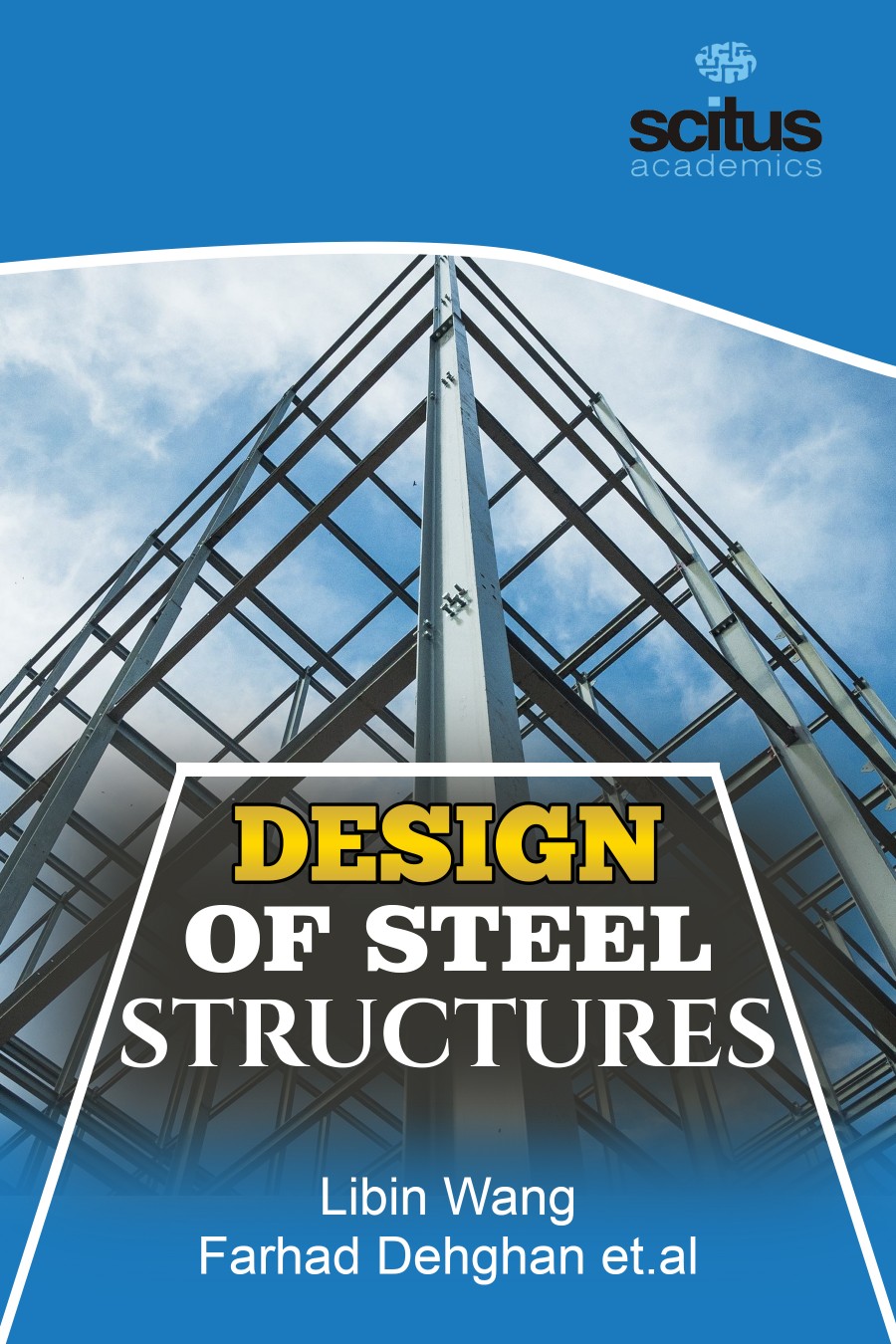Structural design is the methodical investigation of the stability, strength and rigidity of structures. The basic purpose in structural analysis and design is to create a structure capable of resisting all functional loads without failure through its anticipated life. The primary purpose of a structure is to transmit or support loads. If the structure is improperly designed or fabricated, or if the actual applied loads exceed the design specifications, the device will probably fail to perform its intended function, with possible serious consequences. Steel exhibits desirable physical properties that make it one of the most versatile structural materials in use. Its great strength, uniformity, light weight, ease of use, and many other desirable properties makes it the material of choice for numerous structures such as steel bridges, high rise buildings, towers, and other structures. Nevertheless, in the future emerging situation, the entire steel chain, i.e. the producer, client, designer, fabricator and contractor should be able to interact with each other and improve their efficiency and productivity for the success of the project involving structural steelwork. Hence it becomes imperative that structural designers also must acquaint themselves with all the aspects of the structural steel work including the “fabrication and erection,” and that is the subject matter of the present book to deliver good fabrication and erection practices.
Design Of Steel Structures is intended to present the latest developments in the field of Architectural Designing, Interior Designing and Steel Industry and aims to cover most complete and reliable source of information on the discoveries and current developments in this field. Coverage encompasses such topics as stability, fatigue, non-linear behavior, dynamics, reliability, fire, design codes, and much more.
This book deals with the design, construction, maintenance, and application of science and engineering principles to improve the steel materials. This book serves as valuable guide not only for researchers, but also practicing engineers and students.













